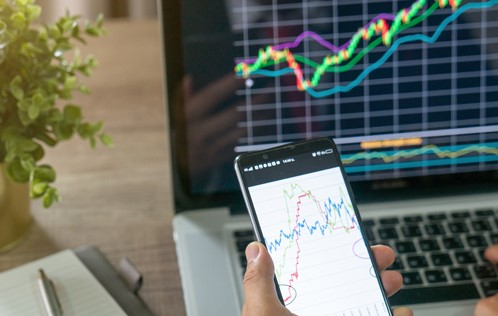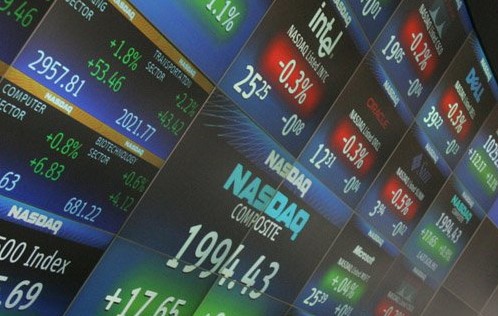Trading Tools
GBP/USD Trading
The GBP/USD is the ticker for the pound to dollar exchange rate. GBP-USD belongs to the ‘majors’ group in forex, which represent the currency pairs with the highest daily trading volumes. Aside from being one of the oldest tradable pairs, the GBP/USD is also very liquid and offers traders significantly tighter spreads than the minors. The GBP/USD currency pair has the pound sterling as the base currency and the US dollar as the quote currency. This means that the price of the GBP-USD at any given time represents the amount of US dollars it would take to exchange for one British pound.
History of GBP/USD
The GBP USD has an interesting history, as it represents currencies that have, at different times in history, been the world’s de facto reserve currency. It is Britain that colonized the United States, and the pound sterling dominated world finance before World War 1 erupted in 1914, with over 60% of global debt held in the currency. The US dollar later caught up with the pound in the 1920s, and by 1944, in tandem with the global implementation of the Bretton Woods monetary system, the British pound became pegged to the US dollar. It was not until the dissolution of the system in 1971 that currencies began floating freely against each other in the markets. Currently, the US dollar is the currency most held in reserve around the world. The pound comes in third, just behind the euro (EUR). The GBP/USD has always been referred to as Cable, referencing the first transatlantic communication cable that connects the UK and US, and which was used to transmit exchange rates between the countries.
REGISTER NOWHighs and Lows
Since the GBP-USD started trading, it has had major highlights in its history. In 1992, on 16 September, a day referred to as the Black Wednesday, the GBP/USD tanked 25% as Britain left the European Exchange Rate Mechanism. A more recent highlight would be the 2016 Brexit vote that ensured Britain’s exit from the European Union. The GBP/USD lost over 10% in one day after headlines came out that the UK had indeed voted to exit the EU. Aside from those highlights, GBP-USD has historically hit all-time highs of 2.466 and all-time lows of 1.05. All these extremes were posted in the 1980s. During the 2007/08 global financial crisis, the pair hit highs of 2.11 and lows of 1.426.
Bodies Influencing the GBP/USD
Monetary policy is a major factor influencing the GBP/USD as proven by one of the major highlights of the pair. In the UK, the Bank of England releases rates every month. It is vital to point out that the BoE does not follow up with a rate statement when it maintains interest rates, but will do so when it either hikes or cuts the rates. As for the US, the Federal Reserve will release rates eight times a year; and with the US dollar being the world’s largest reserve currency, the eight dates are very important for the markets. Employment numbers are also very important for both economies, as they usually guide monetary policy for the Central Banks. Both the US Bureau of Labor Statistics and the UK Office of National Statistics release employment figures monthly. The figures usually spur much volatility on the GBP-USD. Furthermore, the GBP/USD has proven very sensitive to political news, and traders ought to keep track of political events in both the UK and US so as to take advantage of potential triggers to volatility. The GBP/USD is also positively correlated with the EUR-USD, but negatively correlated with the USDCHF.
REGISTER NOW

